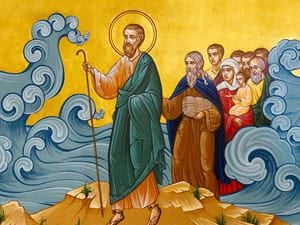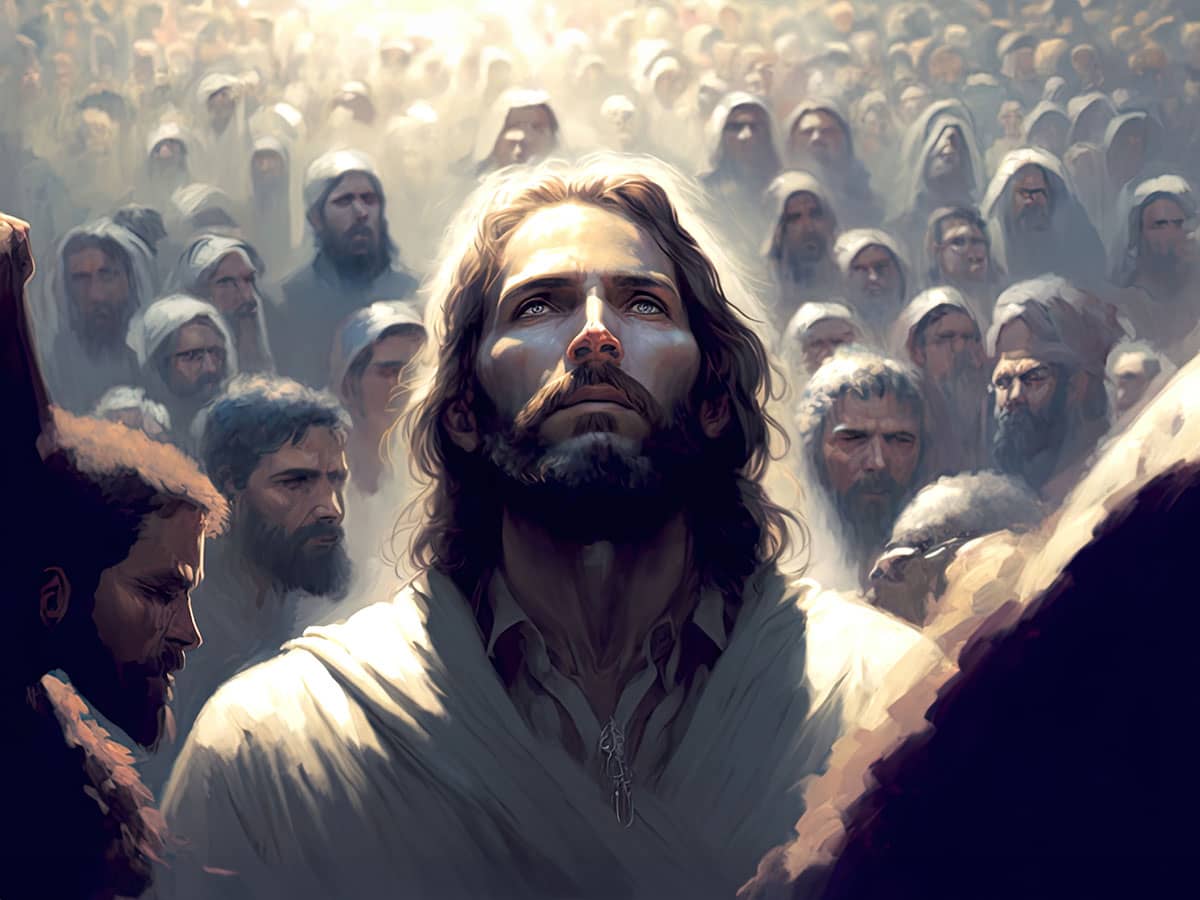
Exodus means ‘going out’ in Latin. The term is associated with the Hebrew people being led out of Egypt by God. Their leader, Moses, heard God’s words and in response he told the Israelites. The Exodus ends with God’s laws and his instructions on how to build the Ark.
The question presented by historians and theologians is whether or not there is substantial proof the Exodus took place? Biblical scholars and archaeologists have continued to argue for decades regarding the elements of Israel’s Exodus from Egypt – many of them agree that the Exodus did, in fact, occur in some form.
Another big question constantly debated is the time Exodus’ period. The majority of people narrow it down into two divisions – either a 15th-century B.C.E or 13th-century B.C.E. date.
As with any investigation, historians, theologians and archaeologists have (and continue) to search for Egyptian texts, artifacts and other evidence that the Exodus took place.
One of the biggest pieces of evidence relates to locales. There are three specific place names recorded in the Bible. The memory of the biblical authors for these correlations predate Egypt’s third intermediate period. All in all, this supports a 13th-century Exodus during the Ramesside Period because it is only during this period that the places names Pi-Ramesse, Pi-Atum, and Pa-Tjuf (Red Sea) are all simultaneously in use.
In the 1930s, archaeologists at the University of Chicago excavated the mortuary Temple of Aya and Horemheb – the last two pharaohs of Egypt’s 18th dynasty in western Thebes. The temple is said to be built by Aya in the 14th century B.C.E., but Horemheb expanded the temple when he was named pharaoh. During the excavations, the University of Chicago uncovered a house and part of another house belonging to the workers who were given the task of demolishing the temple. The plan of the house is the same of the Israelite dwellings during the Iron Age. However, unlike the Israelite models that were usually built of stone, the Theban house was made of wattle and daub – which is sticks and twigs covered with mud and/or clay. The similarities between the two have caused speculation because the builds of the Theban house were either proto-Israelites or a group closely related to the Israelites.
The Onomasticon Amenope is a list of categorized words from Egypt’s Third Intermediate Period, and another piece of evidence. This is written in hieratic and includes the Semitic place named b-r-k-t – and this refers to the Lakes of Pithom. Throughout these writings, evidence of a history of enslavement is mentioned. This could potentially point to truth of the Exodus.
However, like any investigation there are a number of varying elements that prove and shut down the existence of the Exodus.
The Bible says that after Moses accepted his mission to get the Israelites out of Egypt, he confronted the pharaoh. But the pharaoh refused to let his people go until God unleashed a series of unnatural disasters known as the 10 plagues – Jews now commemorate this event and the Exodus on Passover. Religious historians estimate the Israelite population in Egypt at the time was around 2 – 3 million people, but the biblical exodus route into the Sinai Desert has no trace other than what the Bible says.
The story of Exodus is anticipated in many stories in the book of Genesis. In Genesis 12-14, there was a famine in the land and Abram went down into Egypt to stay there. Pharaoh took Sarai, threatening the women and the promised seed. Ultimately, Pharaoh was deceived by the woman, Sarai. God then plagued Pharaoh on account of her. God’s deliverances of the patriarchs are realistic filled promises of the greater works that he will accomplish for their descendants.
However, again, does no physical evidence truly mean there never was an Exodus? The reality is there are a lot of things in life we can’t prove; however, we want to believe in them, so we base a lot of our ideals on hope.
Exodus themes are prominent throughout the ministry of Christ, especially in association with his death and resurrection. Christ is the Passover Lamb, the first-born son, the prophet like Moses. Once society appreciates the presence of an Exodus pattern, the ideal picture can be filled out. The Exodus reveals the unity of scripture and of the work of redemption. We want to believe in the existence of the Exodus because it helps us bring forth a better understanding of where we stand in relation to God’s purposes. We are supposed to perceive the ways in which the story of Israel resonates with our own story – we must visualize ourselves as bound together in the greater drama of God’s redemption and act accordingly.
There is no prosperity without suffering. The Exodus proves this and is unconventionally the driver of the hope we all cling to. Society wants to believe that the Lord will forgive their sins. Society wants to believe their suffering has a purpose. Because if it all doesn’t relate, then what is the purpose of life?
Therefore, the question of the Exodus will most likely be an ongoing investigation with no real answers. Once someone uncovers a new fact or fictitious element, another person will find a way to turn the discussion in another direction. The reality is the people that want to believe in the proof uncovered, will forever believe in the Exodus – and those who do not want to believe in the uncovering, will forever not believe in the Exodus’ existence.

